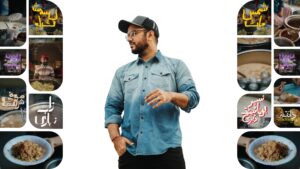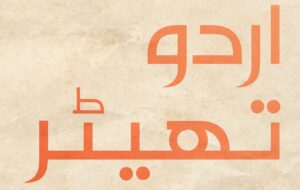- By Natalia Haider
GILGIT AND ITS ENCHANTED RHYTHMS
Dance, Music, and Tradition
By Natalia Haider
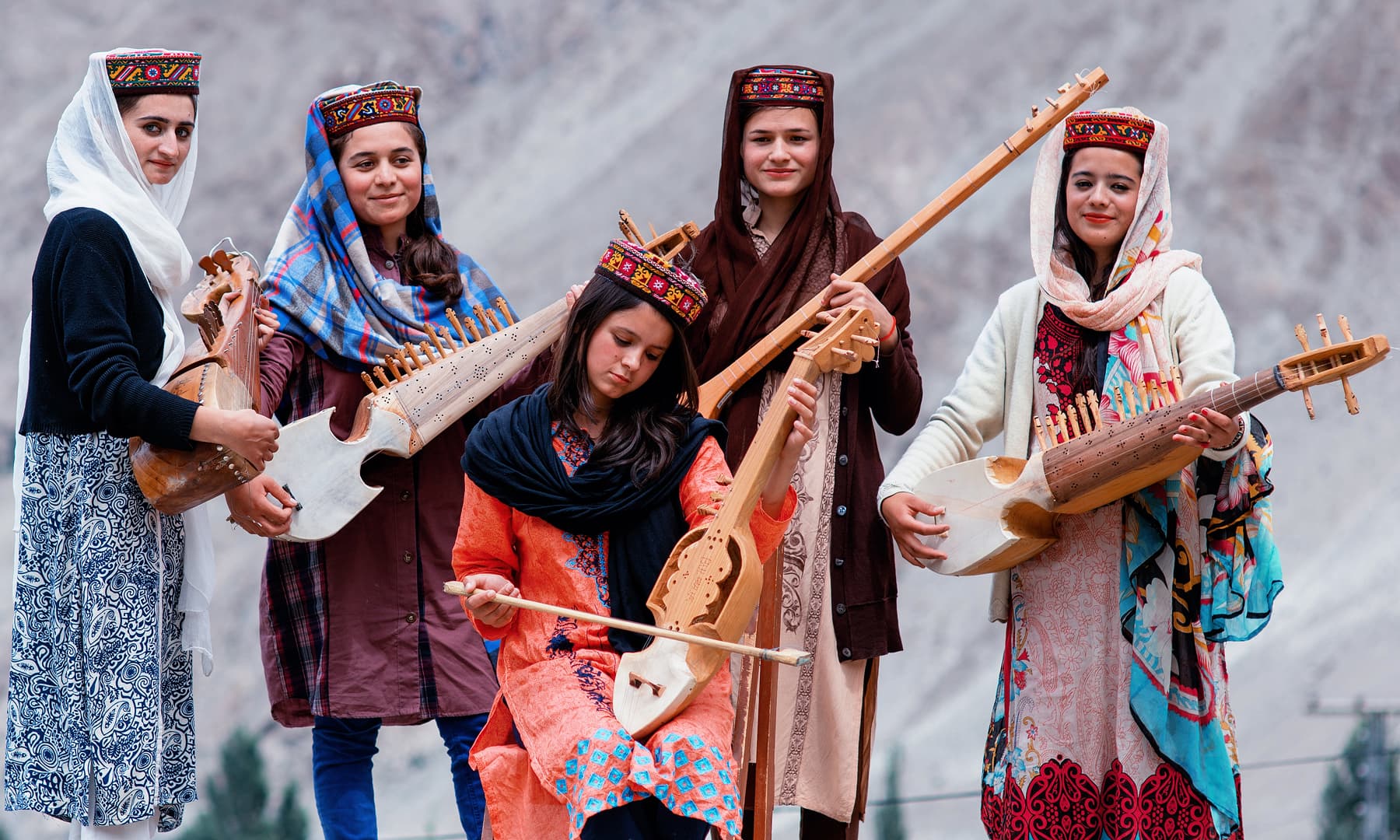
By Natalia Haider
Have you ever wondered about the vibrant cultures that Gilgit Baltistan thrives in remote corners of the world? People love learning about diverse and rich cultures, which piques their interest and fuels their desire to explore. It wouldn’t be fair to discuss culture and art without delving into Gilgit Baltistan.
Many people don’t know about the vast customs and traditions of Gilgit Baltistan. You might be wondering why people frequently discuss its culture, dance, and music.
These were some of the questions I had when I was researching its culture, and you might also be curious to know what makes it so special. If that’s the case, I’m here to help you discover the culture and art of Gilgit.
The culture of this region is a fascinating mix of Tibetan, Mongolian, and Central Asian influences. The people, primarily Tibetan Buddhists, have been influenced by Tibetan culture for centuries. They’re known for their warmth and hospitality, and their traditions and customs are rich and deeply rooted.
Now, let’s talk about dance and music. The people of Gilgit love to dance to the loud rhythm of their traditional music. There are some variations in lyrics from region to region, the spirit of their music remains vibrant and captivating. Each part of Gilgit Baltistan has its own unique and beautiful dances.
Explore the different forms of dance and music that have evolved in the various regions of Gilgit Baltistan. Are you ready to be enchanted by the cultural tapestry of this incredible place? Let’s get started!
In Gilgit Baltistan, one of the most popular and thrilling dances is the sword dance, known as “Chaupala.” Imagine men wielding swords and performing acrobatic moves to the pulsating beat of drums. This dance is a powerful display of strength and courage, making it a highlight at weddings and other celebrations.
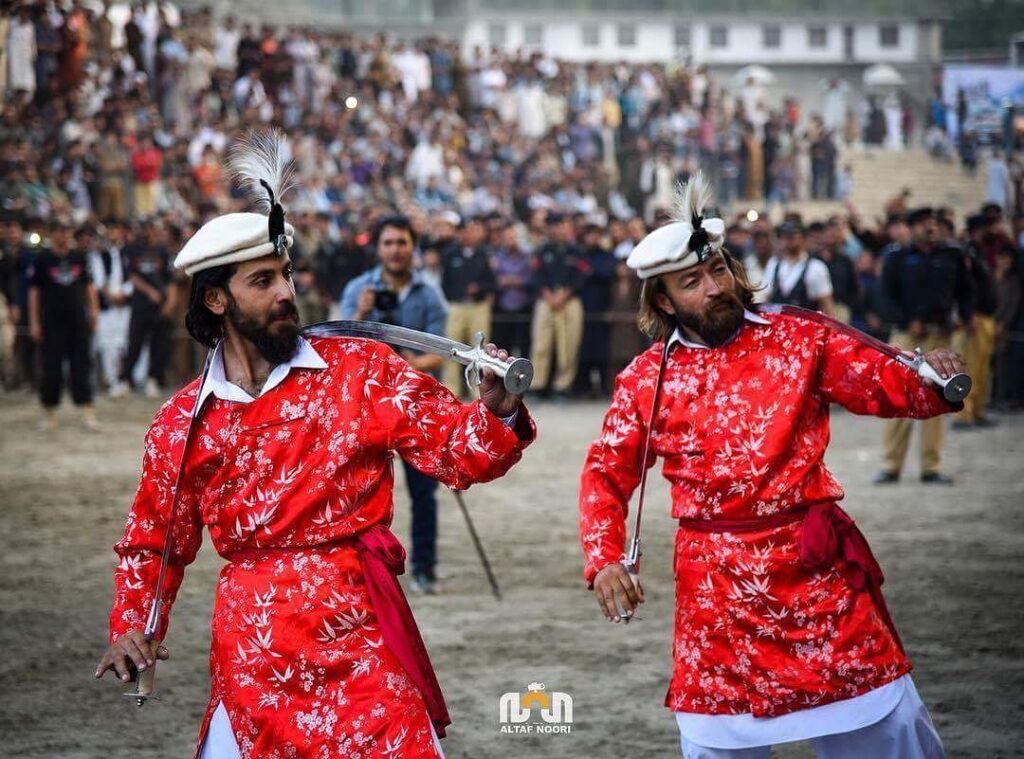
The cowboy dance of Gilgit culture, known as “Payaloo,” is a vibrant and energetic traditional dance performed by men in cowboy outfits. Picture this: dancers donning wide-brimmed hats, vests, and boots, moving to the captivating tunes of the damboora, a traditional stringed instrument.
This dance isn’t just about the moves—it’s a lively celebration of the region’s nomadic heritage. You’ll often see Payaloo at festivals and other joyous gatherings, where it showcases the dynamic and spirited essence of Gilgit’s local culture.
The old man dance of Gilgit culture, known as “Baba Ghimay,” is a traditional dance where performers dress up as elderly men. They wear costumes that make them look like old men and perform funny and exaggerated movements to entertain the audience. It shows the community’s love for humor and traditional storytelling. It’s a delightful reminder that in Gilgit, even the elders know how to cut a rug and have a grand time!

Roff dance is a cherished tradition in Gilgiti culture where women form a circle and dance together in perfect harmony. This beautiful dance symbolizes unity and togetherness, showcasing the strong bonds among women (sister code, anyone?). As they move gracefully to the rhythm of the music, accompanied by drums and other traditional instruments, it’s clear that in Gilgit, sisterhood is truly a dance in the park!
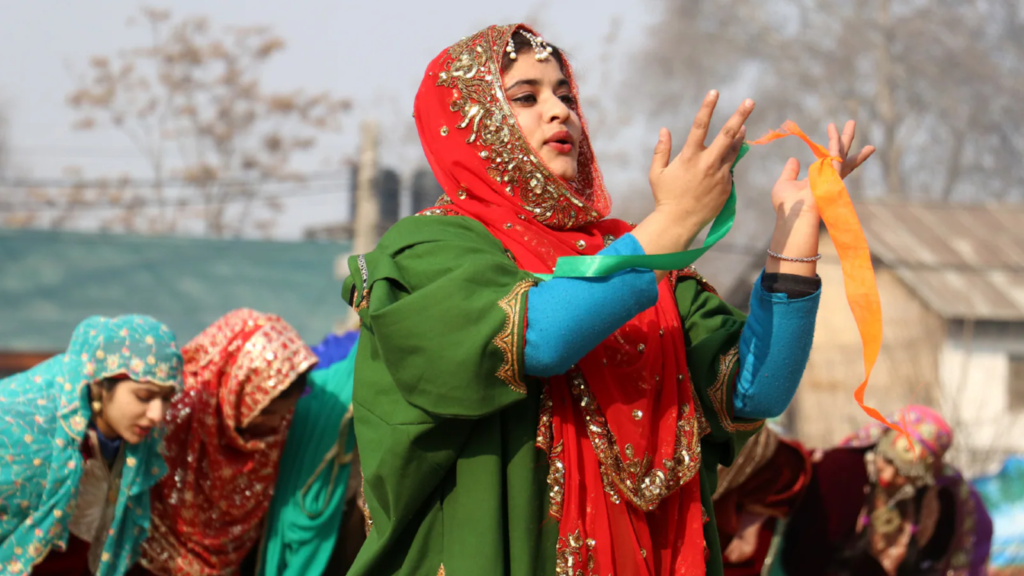
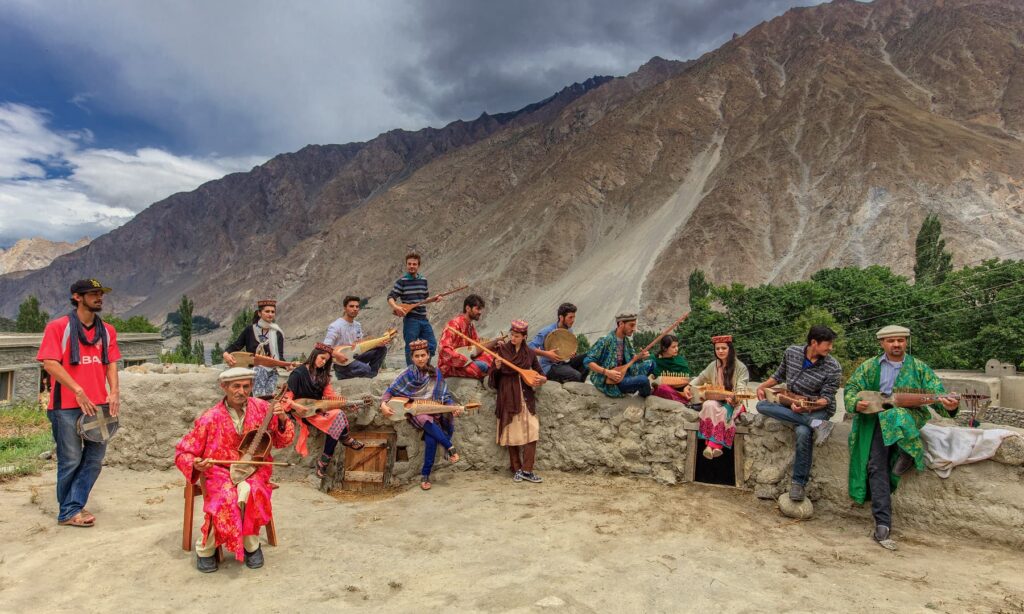
This tune is played during the bride’s departure from her father’s home to her new home, is marking one of the most joyous and celebratory moments.
Led by the groom, this dance is a vibrant expression of happiness and festivity. The groom takes the lead, he is soon joined by many other enthusiastic dancers, creating a lively and memorable celebration of love and new beginnings.
This music is played in sword dancing. This dance resonates with martial arts rhythms and stunts to assist the sword dance performer. It is fast, rhythmic, and full of rigor.
Dani is a unique tune for a form of dance; the dancer starts with a sprinting style When the tune is played. The performer, before properly getting into the rhythm of the dance, comes in front of the musicians (ustad), and then he starts making his moves.
This type of tune is most famously played during marriage ceremonies, in polo, and in football too.
Bulla is a Brushaski word that means polo. As polo is called the ‘king of game’s, it is famous in Gilgit Baltistan and Chitral. While playing on the field, when a polo player scores a goal, the musician plays a certain music with their musical instruments, mainly the flute and drum (Dadang).
This particular hareepe or tune is played to pay tribute to the player who scores a goal.
Yudaani is a tune played to encourage soldiers on the battlefield. This music is also played to pay tribute to the bravery of soldiers on the battlefield.
In the past, Yudaani was said to be played in reverse to confuse opponents on the battlefield. Today, this tune has lost its relevance, but it’s still liked and played at weddings and various social gatherings.
Bazmi tune assists the performer in getting into the highly energetic rhythm of the dance. It shows some electric and fast moves by the performers.
Suranai and Rabab
Many indigenous musical instruments are brought to the region from Central Asia, i.e., the rubab. The rabab/rubab is smaller in size as compared to a guitar, but it is considered to be a pivotal instrument in indigenous music. There is a flute-like instrument called the suranai. It is comparatively bigger than the flute.
Sitar
The sitar is made of locally available mulberry wood. The base of the sitar is bulged on one side and flat on the other. The body of a sitar is just like that of a guitar, but it is purely made of wood. There are five strings in a sitar, consisting of two bridges (Kherek in Brushaski).
Dadang (Drum)
Dadang is a local word for drum, and it’s cylinder-shaped. Both sides of the dadang are made of leather, and the inner part is hollow.

Damal
Damal, or damama, is a combination of two small percussion pieces with two little drumsticks that are used to beat the damal. In addition, the damal is made of mulberry wood and the leather of cattle.
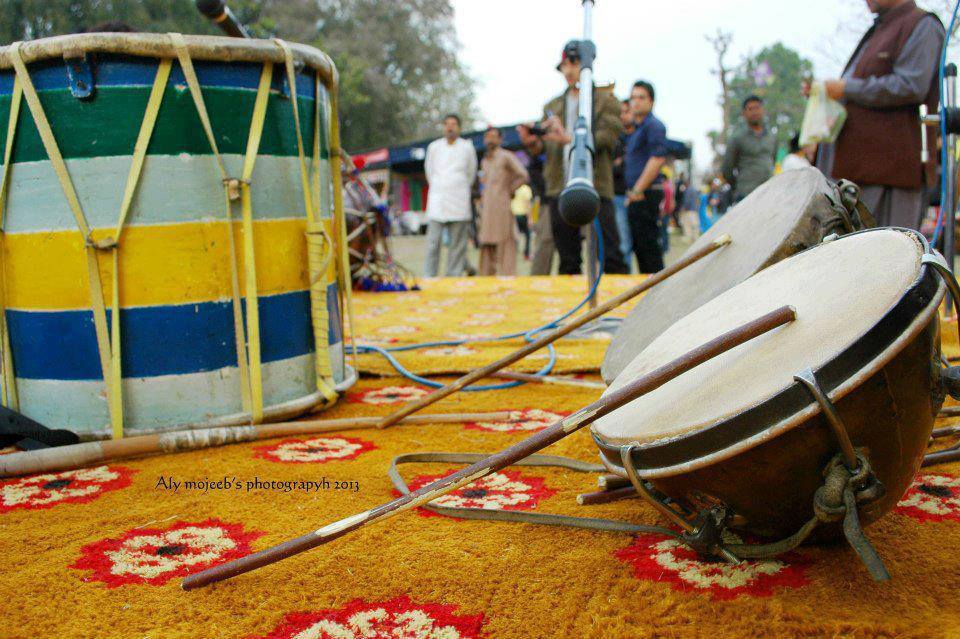
In Gilgit, where tradition meets rhythm, dance and music tell stories of bravery, unity, and joy. From the thrilling sword dances to the vibrant Payaloo, each performance is a testament to the region’s rich heritage.
The melodies of the suranai and rabab resonate deeply, making Gilgit’s culture unforgettable. Ready to be enchanted by this cultural paradise?
Plan your visit to Gilgit and experience its magic firsthand!
